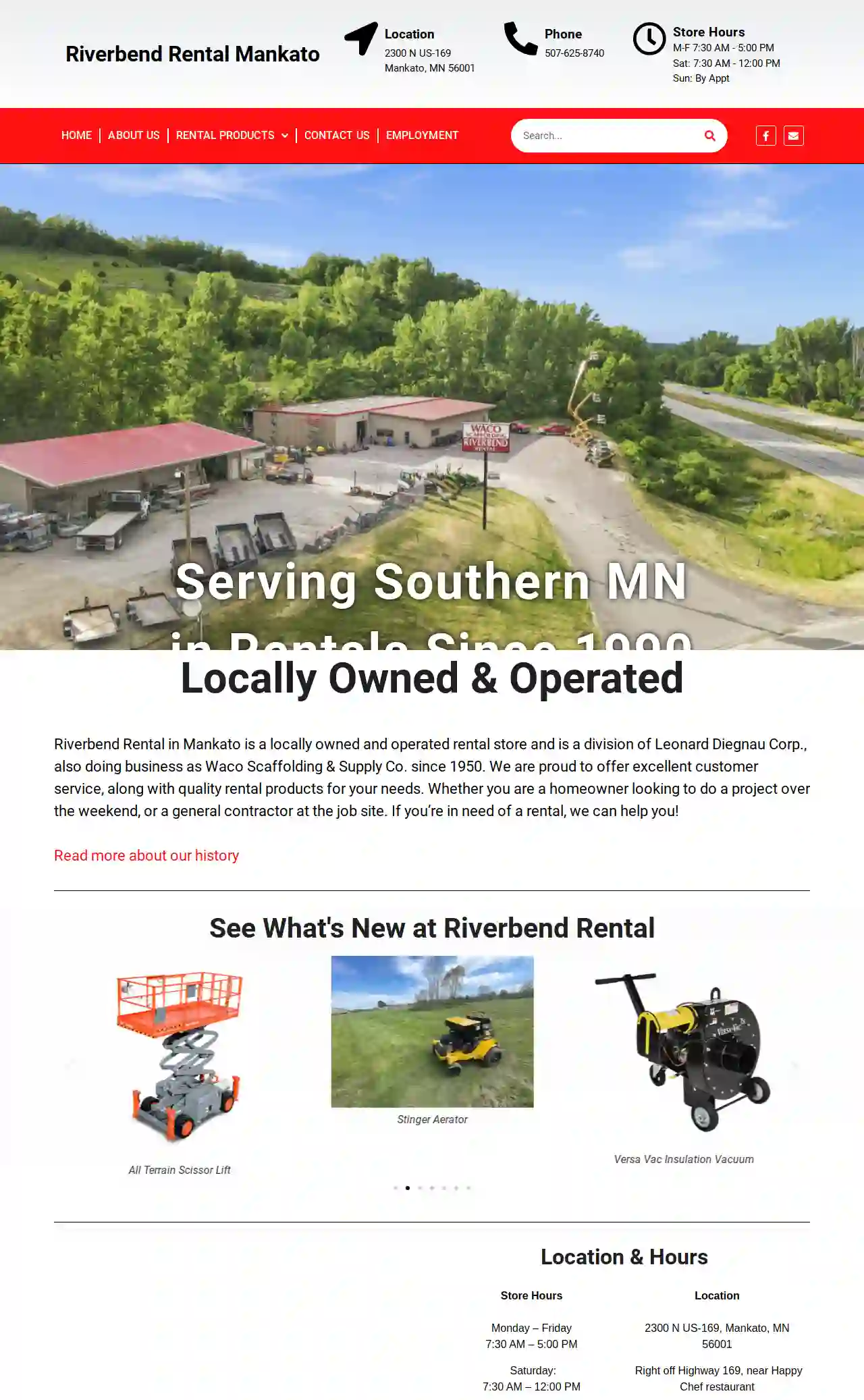Scaffolding Companies Lindstrom
Top Scaffolding Specialists in Lindstrom
Get multiple Construction Scaffolding quotes for your project today! Compare profiles, reviews, accreditations, portfolio, etc... and choose the best offer.

Amiga Scaffolding Ltd
4.940 reviewsHoo, 172 Knights Road, Rochester, ME3 9JN, USAmiga Scaffolding Ltd is a reputable company with over 20 years of experience in the scaffold industry. We provide our services to homeowners and commercial clients in Kent, Essex, and London. Our team is fully qualified, experienced, and dedicated to providing a cost-effective, safe, and transparent service to all our clients. We adhere to the latest guidance TG20:21 and SG4:15, ensuring that all scaffolds are erected to industry standards. We are fully insured and aim to be as competitive on price as possible. Our process involves gathering information, arranging an on-site visit, and providing a fixed price quote within 24 hours. We offer a 24-hour emergency call-out service and are there every step of the way.
- Services
- Why Us?
- Accreditations
- Our Team
- Testimonials
- Gallery
Get Quote
Waco Scaffolding Riverbend Rentals
4.846 reviews2300 N US-169, Mankato, 56001, USRiverbend Rental in Mankato is a locally owned and operated rental store and is a division of Leonard Diegnau Corp., also doing business as Waco Scaffolding & Supply Co. since 1950. We are proud to offer excellent customer service, along with quality rental products for your needs. Whether you are a homeowner looking to do a project over the weekend, or a general contractor at the job site. If you’re in need of a rental, we can help you!
- Services
- Why Us?
- Gallery
Get Quote- Br
BrandSafway Industries Minneapolis
55 reviewsMinneapolis, US- Services
- Why Us?
Get Quote - Ha
Harbor Freight Tools
4.5697 reviewsMinneapolis, US- Services
- Why Us?
Get Quote - Ad
Advance Shoring Company
4.723 reviewsMinneapolis, US- Services
- Why Us?
Get Quote - Re
Reddy Rents Minneapolis
4.5100 reviewsMinneapolis, US- Services
- Why Us?
Get Quote - Fa
Farrell Equipment & Supply - New Hope
4.220 reviewsMinneapolis, US- Services
- Why Us?
Get Quote - Ba
Bauer Brothers Building Materials
3.9151 reviewsMinneapolis, US- Services
- Why Us?
Get Quote - Sc
Scaffold Service, Inc
4.628 reviewsMinneapolis, US- Services
- Why Us?
Get Quote - Fa
Farrell Equipment & Supply - Burnsville
4.739 reviewsMinneapolis, US- Services
- Why Us?
Get Quote
Over 2,353+ Scaffolding Businesses on our directory
Our scaffolding experts operate in Lindstrom and surrounding areas!
ScaffoldingHQ has curated and vetted Top Scaffolding Businesses arround Lindstrom. Find the most trustworthy business today.
Frequently Asked Questions About Scaffolding Companies
- Steel: The most common material due to its strength, durability, and resistance to corrosion.
- Aluminum: Lighter than steel, often used for smaller projects or where weight is a concern.
- Timber: Used for decking platforms and some traditional scaffolding structures. It's less common now due to its susceptibility to rot and damage.
- Fiberglass: Used in specialized applications where electrical conductivity is a concern.
- Communicate with the Scaffolding Company: Clearly express your concerns about potential damage to landscaping, structures, or utilities.
- Clear the Area: Remove any valuable or fragile items from the work zone.
- Protect Landscaping: Cover plants, shrubs, and lawns with tarps or protective sheeting.
- Mark Underground Utilities: Ensure underground utilities (water lines, electrical cables) are marked and avoided during installation.
- Supervision: If possible, be present during erection and dismantling to monitor the process.
- Encroaches onto public property (sidewalks, roads): Permits are usually needed from the local council or highway authority.
- Exceeds a certain height: Scaffolding above a specified height often requires a permit.
- Is erected in a conservation area or near a listed building: Special considerations and permits may apply.
- Regulations: Local regulations often specify minimum inspection intervals.
- Project Type and Duration: Long-term projects or those in challenging environments may require more frequent inspections.
- Weather Conditions: Severe weather (storms, high winds) can necessitate additional inspections.
- Any Alterations or Modifications: Any changes to the scaffolding structure require re-inspection.
What are some common materials used in scaffolding?
How do I protect my property from damage during scaffolding erection and dismantling?
Do I need a permit for scaffolding in the USA?
How often should scaffolding be inspected?
What are some common materials used in scaffolding?
- Steel: The most common material due to its strength, durability, and resistance to corrosion.
- Aluminum: Lighter than steel, often used for smaller projects or where weight is a concern.
- Timber: Used for decking platforms and some traditional scaffolding structures. It's less common now due to its susceptibility to rot and damage.
- Fiberglass: Used in specialized applications where electrical conductivity is a concern.
How do I protect my property from damage during scaffolding erection and dismantling?
- Communicate with the Scaffolding Company: Clearly express your concerns about potential damage to landscaping, structures, or utilities.
- Clear the Area: Remove any valuable or fragile items from the work zone.
- Protect Landscaping: Cover plants, shrubs, and lawns with tarps or protective sheeting.
- Mark Underground Utilities: Ensure underground utilities (water lines, electrical cables) are marked and avoided during installation.
- Supervision: If possible, be present during erection and dismantling to monitor the process.
Do I need a permit for scaffolding in the USA?
- Encroaches onto public property (sidewalks, roads): Permits are usually needed from the local council or highway authority.
- Exceeds a certain height: Scaffolding above a specified height often requires a permit.
- Is erected in a conservation area or near a listed building: Special considerations and permits may apply.
How often should scaffolding be inspected?
- Regulations: Local regulations often specify minimum inspection intervals.
- Project Type and Duration: Long-term projects or those in challenging environments may require more frequent inspections.
- Weather Conditions: Severe weather (storms, high winds) can necessitate additional inspections.
- Any Alterations or Modifications: Any changes to the scaffolding structure require re-inspection.